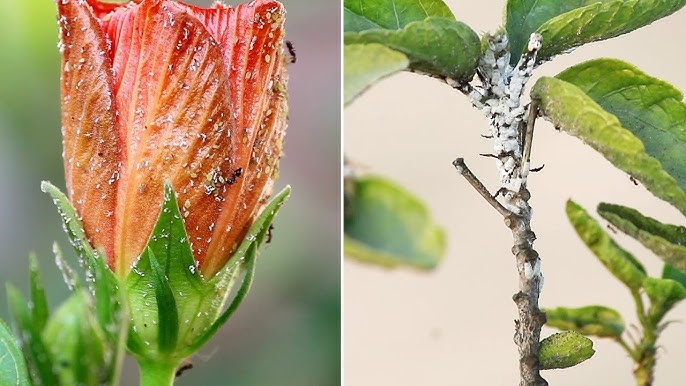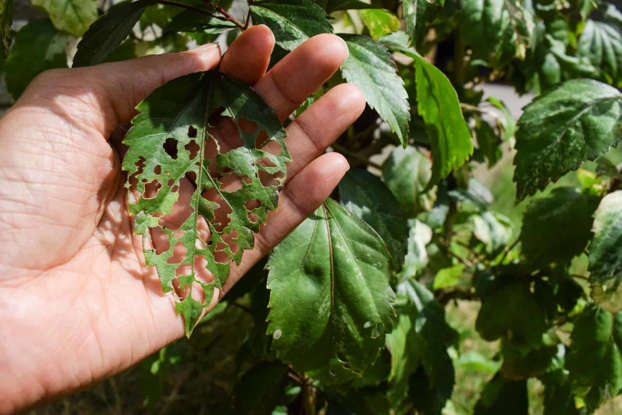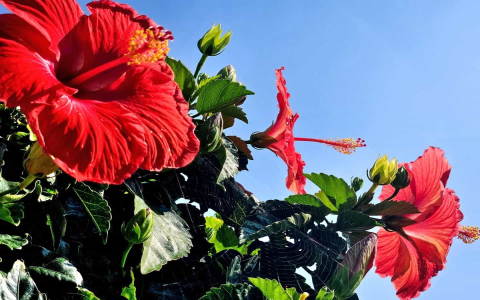Okay, so I’ve been messing around with hibiscus plants for a while now, and let me tell you, they can be a bit of a drama queen sometimes. You think you’re doing everything right, and then bam! Yellow leaves, bugs everywhere, it’s a mess. I wanted to share some of the things I’ve run into, just so you know what to look out for.
Yellowing Leaves
This is probably the most common thing I’ve seen. My hibiscus leaves started turning yellow, and I was like, “What the heck is going on?” I noticed that the plant was not getting much sunlight where I put it.

- Insufficient Light: This is a big one. Hibiscus plants love the sun, They need several hours of direct sunlight every day to thrive.
I moved my plant to a sunnier spot, and guess what? The yellowing stopped, and it started to look a whole lot healthier. So, if you see yellow leaves, check your sunlight situation first.
One day I found that the plant which was placed outdoor had yellow leaves. I inspected the soil and I found that the soil was too dry. I immediately watered the plant.
- Overwatering/Underwatering: This one’s tricky because both can cause yellow leaves. Overwatering drowns the roots, and underwatering leaves them thirsty.
I learned the hard way that you need to feel the soil. If it’s dry an inch or two down, it’s time to water. If it’s soggy, you’re probably overdoing it. It took me a while to get the hang of it, but now I can usually tell just by looking at the soil.
I also noticed some tiny bugs crawling around on my hibiscus one time. They were aphids, little green things that suck the life out of your plants.
- Pests: Aphids, spider mites, whiteflies – these little buggers love hibiscus.
I sprayed them off with water at first, but they kept coming back. So I tried a mild insecticidal soap, and that seemed to do the trick. You just have to keep an eye out for them and deal with them quickly before they take over.
There were some spots appearing on the leaves, which I later found to be signs of fungal disease.
- Diseases: Fungal diseases like leaf spot can be a problem, especially if it’s humid or the leaves are getting wet a lot.
I picked off the affected leaves and made sure the plant had good air circulation. I also started watering at the base of the plant instead of on the leaves to keep them dry.

So yeah, growing hibiscus can be a bit of a rollercoaster. But once I figured out these common issues, my plants started to look much better. Just remember to pay attention to your plants, give them what they need, and don’t freak out if something goes wrong. You can usually fix it!




















